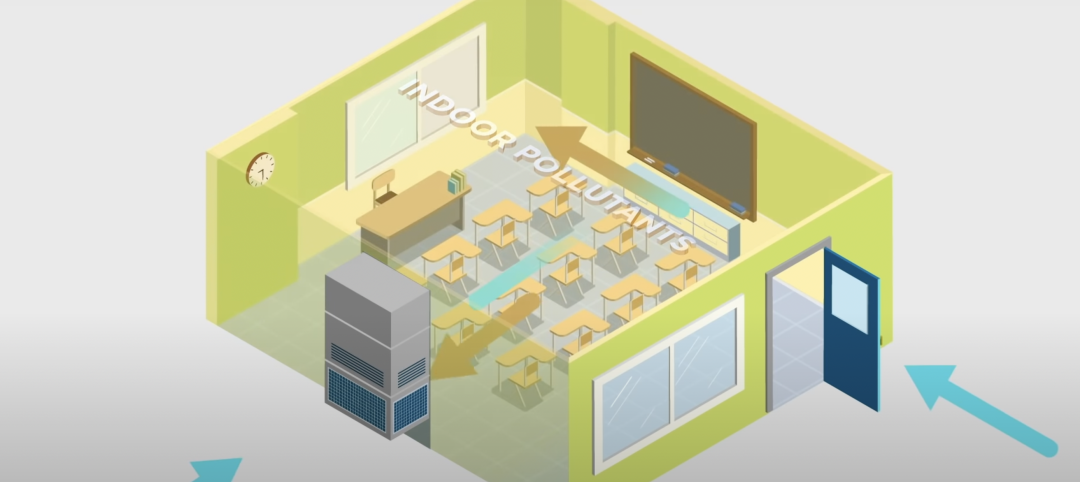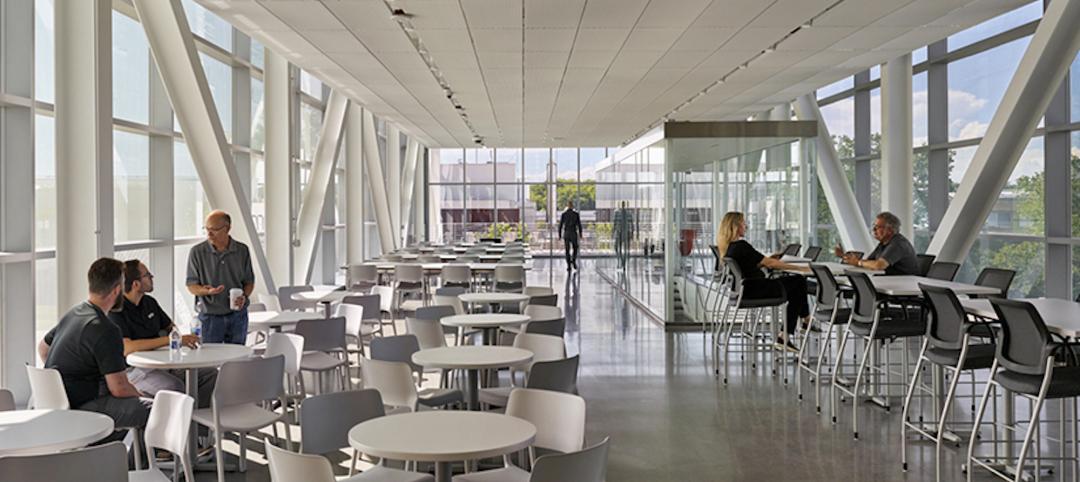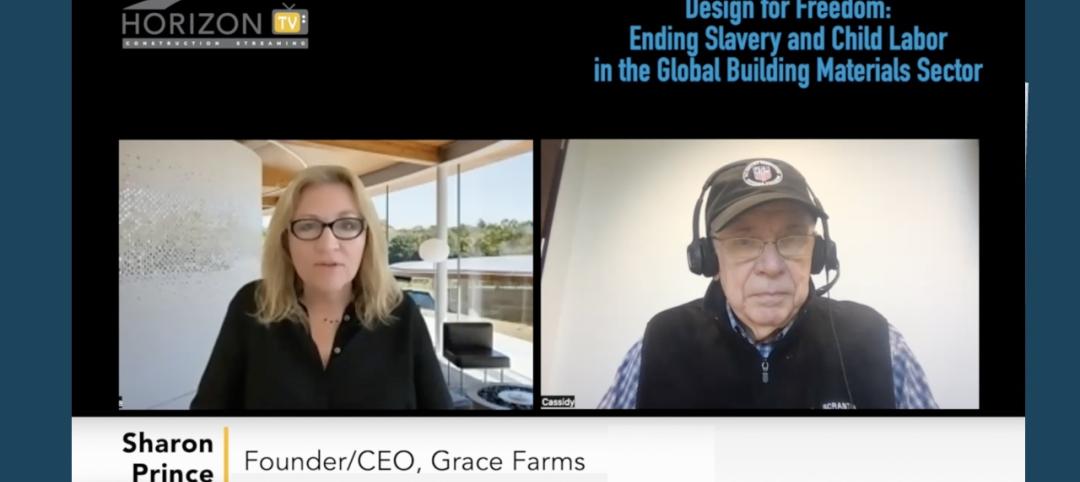Low-smoke halogen-free (LSHF) cables have been on the market for decades, yet there are still many misconceptions about the application and definition of test requirements/methods for these cables.
Generally speaking, traditional halogenated cables, when compared to LSHF cables, produce more toxic and corrosive smoke in the event they are burned.
LSHF cables first originated in the 1970s in Europe and the U.S., and began being used in underground structures by London Underground and North Sea offshore drilling platforms in the 1980s. These cables have traditionally been used in enclosed spaces, such as subway systems, tunnels, submarines, ships, and mines. Today, LSHF cables are also being used for life safety and mission critical applications, including hospitals and data centers.
“Traditionally, where LSHF cables are used, the application of these cables were in enclosed spaces,” says Robert Bellassai, senior staff engineer at certification company UL. “So, if you had a space that was not exposed to or installed in outside air, that’s where these cables would be used. But the use of LSHF cables is rapidly expanding.”
Wire and cables, which are essential to any building, structure, or product, generally consist of insulated copper conductors or buffered/unbuffered optical fibers, and are covered by a protective outer jacket. Cables may also contain other polymetric materials, such as fillers, tapes/wraps (e.g., PET, fiberglass, polyester, etc.), ripcords, shields (e.g., aluminum-PET, copper-PET, etc.), and color concentrates.
In the case of halogenated cables, the polymetric materials of which they are manufactured contain one or more halogenated elements, such as chlorine, bromine, fluorine, iodine, or less likely astatine.
Halogenated elements serve a purpose when used in polymetric materials. In most applications, they are in the form of chlorinated and brominated flame retardants to inhibit flame propagation of the cable when burned. However, the cable will emit smoke that is toxic and corrosive, and that contain higher amounts of carbon monoxide (CO).
One study from the University of Lancashire in the U.K. found evidence that suggests combustion products can be potentially hazardous to people if they cannot easily evacuate from the area. The cables studied contained brominated or chlorinated flame retardants, which produced significantly higher levels of CO gas during combustion.
Additionally, when mixed with water, hydrogen halides form hydrochloric acid, hydrofluoric acid, or hydrobromic acid, which can damage and destroy critical structures, components, and equipment, due to the corrosive nature of the combustion product.
Installing LSHF cables significantly reduces the risk of toxic and corrosive smoke being emitted in case of a fire.
Ideal for subterranean and mission critical applications, such as subway tunnels and data/emergency call centers, LSHF cables can be called other acronyms, such as LSZH, HFFR, LSF, and LS0H. These acronyms have been developed by manufacturers to characterize (self-certify) their products for smoke generation and halogen content.
Each self-certification acronym is associated with industry standards that were not always directly applicable for the characterization of smoke and halogen content. Also, each cable and material manufacturer doesn’t always associate the same standards with the same acronym.
“Low-smoke” refers to the amount of smoke that a complete cable construction produces upon combustion. “Halogen-free” refers to the amount of individual halogen elements that are present in each combustible cable component.
The dangers of not installing LSHF cables are potentially deadly, as evidenced by the Jan. 12, 2015, fire at Washington, D.C. Metro’s L’Enfant Plaza Station.
There, an electrical malfunction caused a fire which filled up the subway tunnels with toxic smoke. In total, 86 people were injured from smoke-related injuries and one person died.
D.C. Metro, and other transit agencies, had been advised by the National Transportation Safety Board in July 2014 to replace and update its cables to better protect them from fires. Metro had been in the process of installing new cables for over a year, but had not yet finished the project when the June 2015 fire broke out.
According to the Washington Post, multiple lawsuits filed by transit riders alleged that Metro created unsafe conditions in the tunnels, in addition to delaying evacuation efforts.
While some suits have been settled out of court, others, including a suit filed by the family of the person who died, are expected to go to trial this fall.
Installing LSHF cables not only protects employees and customers, but they can also increase the value of the structure in which they’re installed.
The U.S. Green Building Council recognizes four levels of LEED certification: Certified (40-49 points), Silver (50-59 points), Gold (60-79 points), and Platinum (80+ points). Having LSHF cables installed counts as points toward certification and can increase the financial value of the property and save owners money in decreased operational costs.
“Certified LEED green buildings are very efficient, resulting in decreased operational costs due to lower utility and maintenance expenses,” says Bellassai.
The high safety standards associated with LSHF cables are environmentally friendly and cost effective.
Additionally, LSHF cables have been proposed to be included in the 2020 version of the National Electrical Code. The proposal, submitted by Mexichem, seeks to add HF and LSHF optional markings so contractors, architects, specifiers, and users can specify HF and LSHF cables. It would give these end users a standards-based Mark brought to you by an independent third-party laboratory such as UL LLC.
If approved by the NFPA for the 2020 NEC, this will give Authorities Having Jurisdiction (AHJ) an easy way to identify HF and LSHF products for applications that would benefit from the reduced toxicity and corrosivity of these cables, and from a trusted third-party independent test laboratory like UL LLC.
Download UL LLC's free white paper on this topic, Clearing Misconceptions About Low-Smoke, Halogen-Free Cables.
Related Stories
K-12 Schools | Apr 18, 2023
ASHRAE offers indoor air quality guide for schools
The American Society of Heating, Refrigerating and Air-Conditioning Engineers (ASHRAE) has released a guide for educators, administrators, and school districts on indoor air quality. The guide can be used as a tool to discuss options to improve indoor air quality based on existing HVAC equipment, regional objectives, and available funding.
Codes | Mar 2, 2023
Biden Administration’s proposed building materials rules increase domestic requirements
The Biden Administration’s proposal on building materials rules used on federal construction and federally funded state and local buildings would significantly boost the made-in-America mandate. In the past, products could qualify as domestically made if at least 55% of the value of their components were from the U.S.
Healthcare Facilities | Jan 31, 2023
How to solve humidity issues in hospitals and healthcare facilities
Humidity control is one of the top mechanical issues healthcare clients face. SSR's Lee Nordholm, PE, LEED AP, offers tips for handling humidity issues in hospitals and healthcare facilities.
Mass Timber | Jan 27, 2023
How to set up your next mass timber construction project for success
XL Construction co-founder Dave Beck shares important preconstruction steps for designing and building mass timber buildings.
HVAC | Dec 13, 2022
Energy Management Institute launches online tool to connect building owners with HVAC contractors
The National Energy Management Institute Inc. (NEMI) along with the Biden administration’s Better Air in Buildings website have rolled out a resource to help building owners and managers, school districts, and other officials find HVAC contractors.
Energy Efficiency | Dec 6, 2022
Washington state’s Building Code Council mandates heat pumps in all new residential construction
The Washington State Building Code Council has voted to require heat pumps for all new residential construction starting in July 2023. The new mandate has drawn criticism over concerns that it will add costs to housing construction, especially given current supply chain challenges for heat pumps.
75 Top Building Products | Nov 30, 2022
75 top building products for 2022
Each year, the Building Design+Construction editorial team evaluates the vast universe of new and updated products, materials, and systems for the U.S. building design and construction market. The best-of-the-best products make up our annual 75 Top Products report.
K-12 Schools | Nov 30, 2022
School districts are prioritizing federal funds for air filtration, HVAC upgrades
U.S. school districts are widely planning to use funds from last year’s American Rescue Plan (ARP) to upgrade or improve air filtration and heating/cooling systems, according to a report from the Center for Green Schools at the U.S. Green Building Council. The report, “School Facilities Funding in the Pandemic,” says air filtration and HVAC upgrades are the top facility improvement choice for the 5,004 school districts included in the analysis.
Engineers | Nov 10, 2022
U.S. engineering firms cash in on a volatile, expanding market
New practices and markets drive growth for U.S. engineering and engineering-architecture firms. And firms are getting serious about reducing projects’ carbon footprint.
Building Materials | Nov 2, 2022
Design for Freedom: Ending slavery and child labor in the global building materials sector
Sharon Prince, Founder and CEO of Grace Farms and Design for Freedom, discusses DFF's report on slavery and enforced child labor in building products and materials.

















